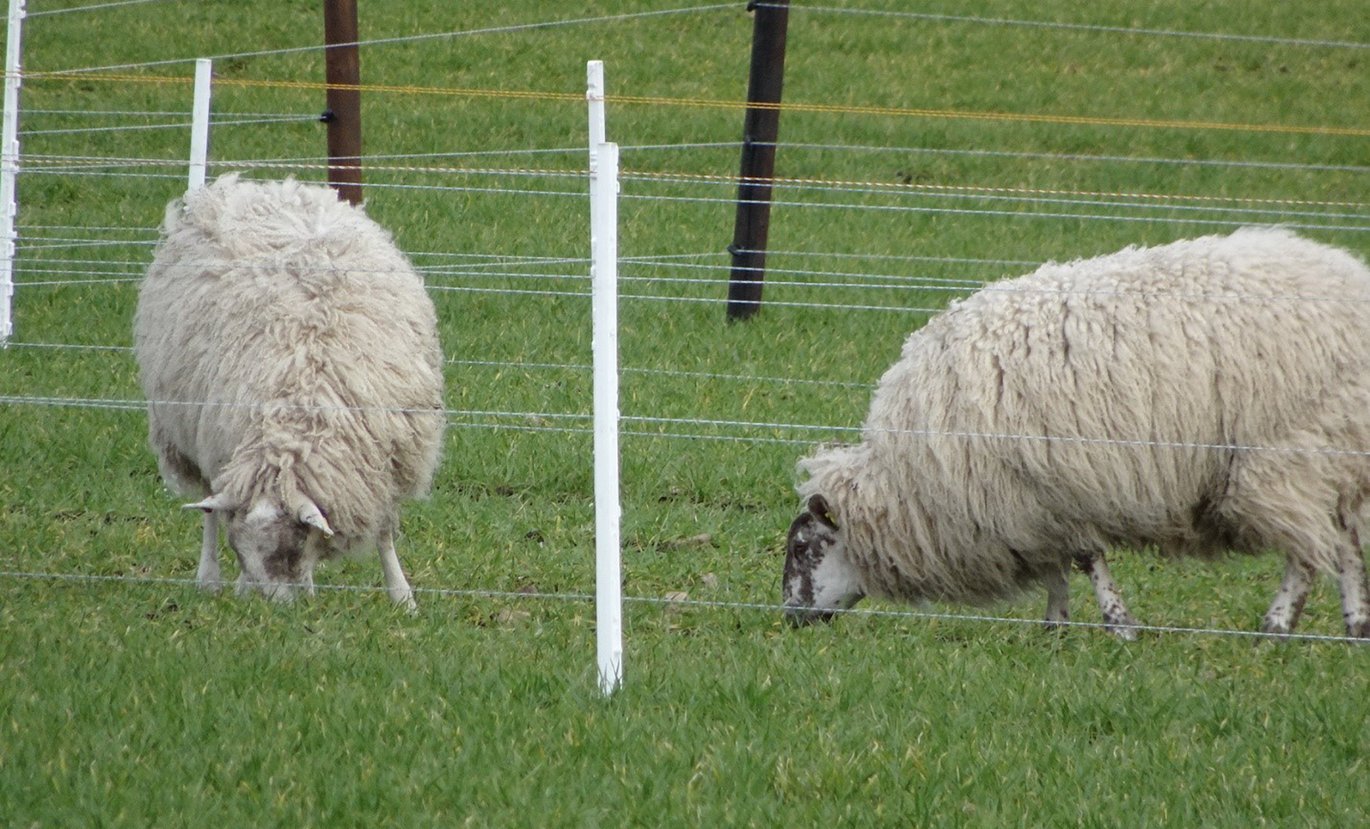Handbook of indicators – a basis for assessing changes in system functioning, farm management for efficiency and resilience
Researchers in the EU project, MIXED, have developed a supportive guide - the Handbook of indicators - to be used in the collection of farm level data across all work areas in MIXED.

The list of indicators in the Handbook includes basic agronomic and environmental indicators, and indicators developed to measure integration from the point of view of the farming system. The indicators and data collection points described in the Handbook addresses soil, crop, livestock, environmental impacts, economics, social aspects, the position of farmers in respective value chains and efficiency and resilience of Mixed farming and agroforestry systems (MiFAS).
The process of creating the Handbook
Professor Werner Zollitsch from University of Natural Resources and Life Sciences, Vienna, who is one of the main authors, explains the process of creating the Handbook to be used in MIXED:
“It was quite an effort to make the Handbook of indicators, and it was only possibly because so many people have been involved; at first indicators of resilience and efficiency at farm level were collected and discussed among the researchers responsible for analysing mixed farming systems in the project. After extending this into a first list of indicators among the authors (see below) - the list was discussed, refined and prioritized according to relevance for efficiency and resilience of MIFAS and the needs of project partners. Additionally we included the perspective of network coordinators and farmers by asking the following questions: Will data be available for indicator calculation - i.e. will farmers have access to this type of information or will it be possible within the available resources to collect the data in the course of the project? Will network coordinators and/or farmers be interested in the information provided with the assessed indicators? What can the networks, coordinators and farmers use this type of information for? etc. Thereby the list of indicators was finalized and ready to be used by the partners in MIXED.
The Handbook is a base for data collection in MIXED
The indicators compiled in the handbook is going to be used in several work areas in MIXED when collecting data on farms. Werner Zollitsch explains that the indicators selected are collected mainly according to their relevance for efficiency and resilience of Mixed farming and agroforestry systems, and that the Handbook should be used as a base for data collection: “the Handbook is not a full and completely comprehensive list of any indicators you might think about, it should rather provide the base for data collection. In many cases there will be a need for adaptation to the individual MiFAS situation that you want to analyse - each MIFAS has its own specificities and additional indicators may be necessary”. He adds that in the process of identifying indicators, several indicators were suggested which address various actors in the value chain other than farmers and their sphere of activity: “some of these indicators are not included in the handbook, for others the information necessary for their calculation may not be available in sufficient quality at the farm level. This has to be taken into account when planning and implementing the actual data collection process”.
The use of the Handbook
One of the partners in MIXED that will benefit from the Handbook of indicators is Anne Grete Kongsted from Aarhus University who is preparing the on-farm data collection in the MIXED project. Based on a joint protocol, data from the approximately 100 network farms involved in the MIXED project will be collected in the beginning of next year:
“It is not an easy task to develop a comprehensive data collection protocol tailored very diverse mixed farms across Europe! With its thorough overview of indicators and the farm data needed to calculate the indicators, the Handbook forms a very valuable basis of this work”.
In a close cooperation with the ten national network teams and the researchers, the protocol will be developed the coming months. During this process, further refinement of the exact data requirements and style of data collection will be undertaken to enable the optimal combination of simplicity of use, whilst ensuring the highest data quality for use within the project.
Handbook authors
Werner Zollitsch (BOKU), Francesco Accatino (INRAE), Anne Grete Kongsted (AU), Christina Marley (ABER), Guillaume Martin (INRAE), Miranda Meuwissen (WU), Simon Moakes (FIBL), Lisbeth Mogensen (AU), Jaroslaw Stalenga (IUNG-PIP), Kairsty Topp (SRUC), Christine Watson (SRUC)
An example of indicators characteristics
Indicators for characteristics and data needed from livestock production at farm (MIFAS) level

